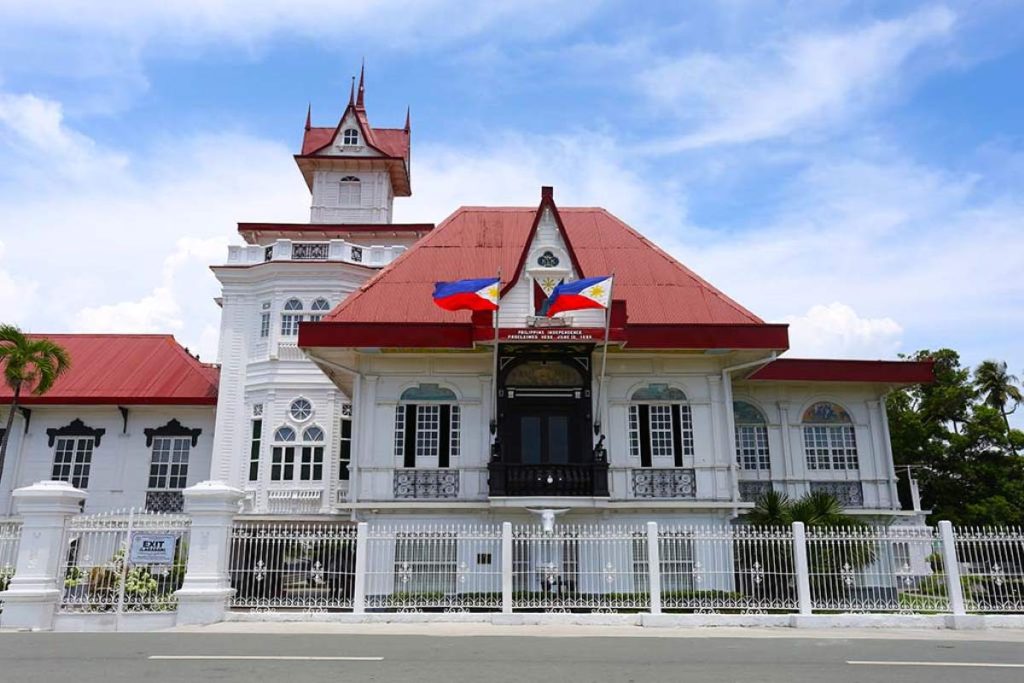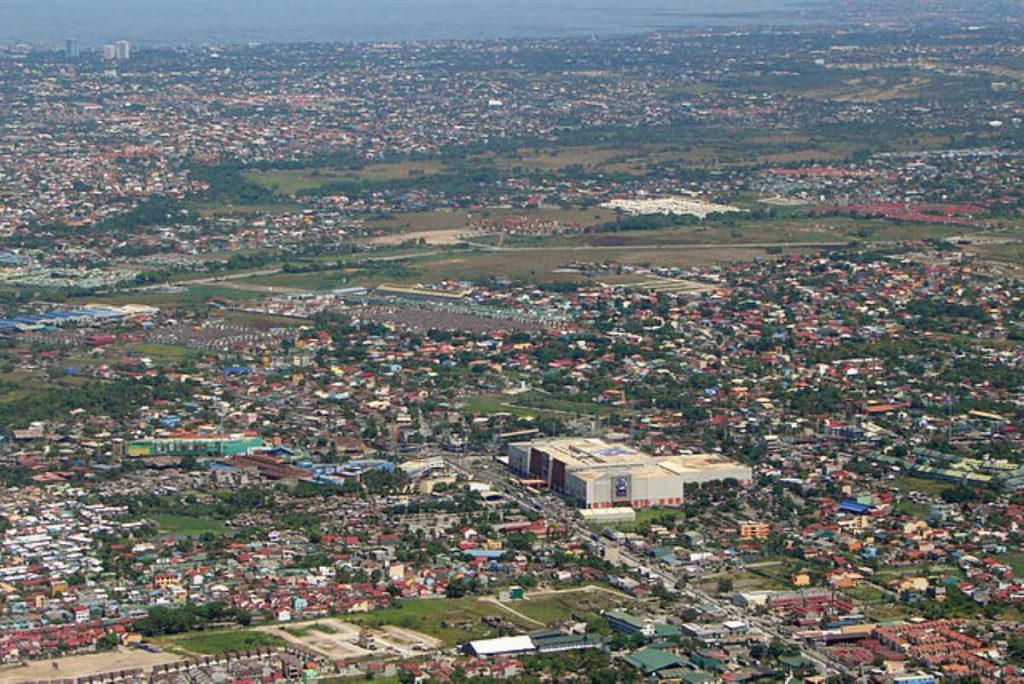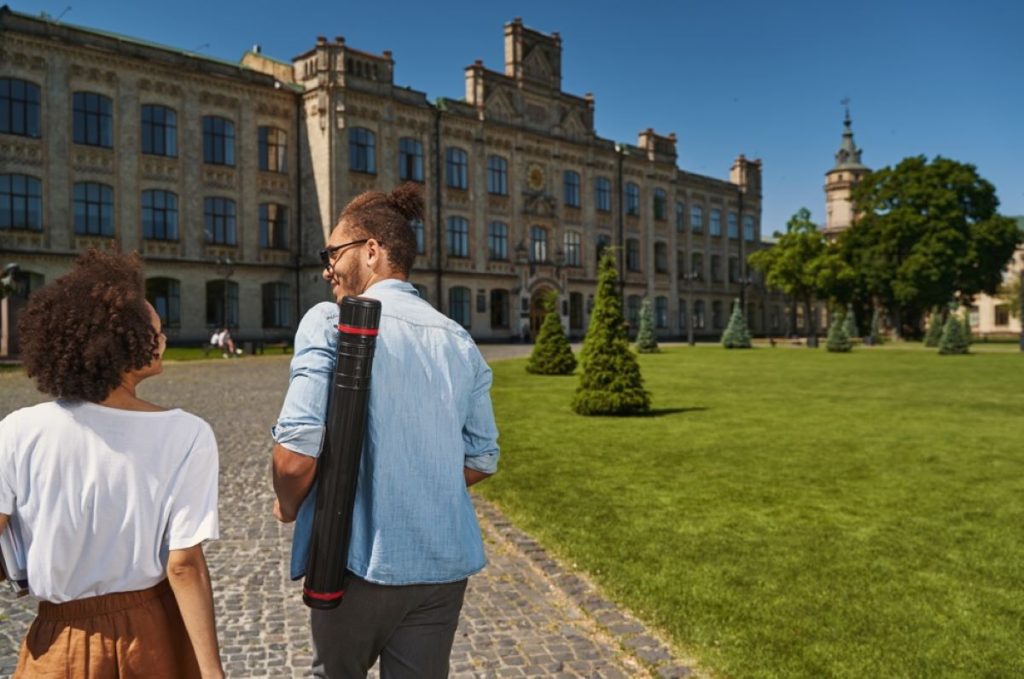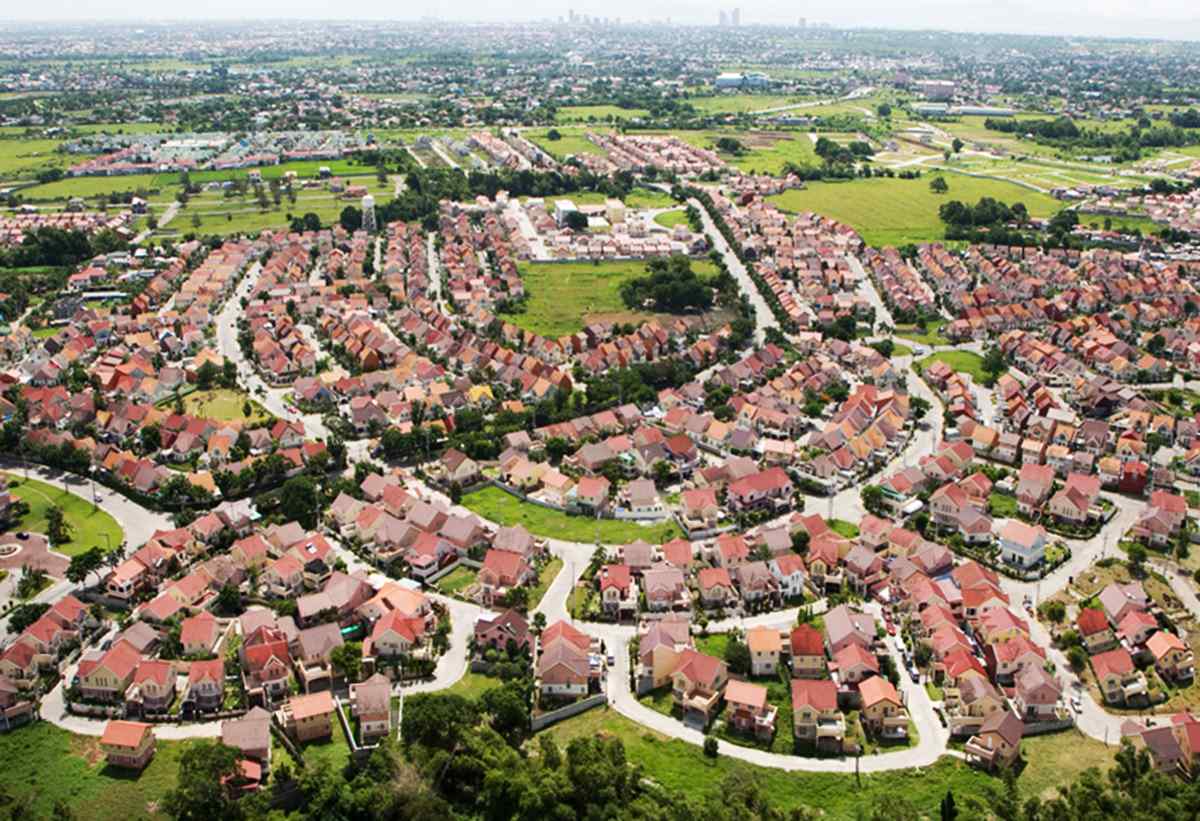Updated as of March 27, 2023
Everyone comes to a point in life where they would think about a place to settle down, whether it is to retire or to start a family. There are so many options to choose from when looking for a place to establish your roots, but there are so many things to consider when looking to buy a new home: an orderly environment, minimal air pollution, close to pristine schools, preferably close to major shopping mall chains and coffee shops, major road networks to take you to Tagaytay and other places, and even the best subdivision for a house and lot that has outstanding scenery and secure space.
Cavite is the fastest-growing province in the Philippines and is considered to be the best-loved destination for investors. It is home to more than 30 industrial estates, generating an estimated USD 6M in export annually. Currently, there are twenty-five (25) more economic zones that are in the process of development, and house one of the best subdivisions to start a family.
Though this province is an ideal place for investors, is Cavite a good place to live and start a family?

Living in Cavite means being close to Metro Manila
The biggest attraction of living in Cavite is still its close proximity to Metro Manila and its prime cities like Las Pinas. Despite being a close neighbor, Cavite is still less densely populated than the country’s capital. In comparison, the 2015 census shows that Metro Manila has about 42,000 people per square kilometer, while Cavite has only about 2,300 people per square kilometer.
Cavite has access to multiple major road networks that could lead to the Metro and other provinces in the Philippines. One of the major road networks that just opened recently is the Muntinlupa Cavite Expressway, which is heavily utilized as it links Muntinlupa and SLEX to Daang Hari and Daang Reyna in Bacoor and Las Pinas. Cavite is also connected to the Manila Cavite Expressway via Aguinaldo Highway or Molino Boulevard.
One of the best things about this is that Cavite’s best subdivisions are in close proximity to these road networks, making the commute faster and far more convenient. The placement of this subdivision in Cavite is also accessible to public transport, making it easier for you to access shopping centers and other daily establishments, such as a grocery store or a convenience store.
Cavite offers a relaxing space that is now lacking in the city. Though the province has undergone urbanization in recent years, more than 40% is still agricultural land. This means that the province is still primarily green. Yet despite this, modern facilities are readily available for families. Premier schools and hospitals, as well as the most popular local and global retail brands, have opened their doors in the province.
Cavite, a Dynamic City

However, the most appealing reason to live in Cavite is that there is something new to discover in almost every corner. Cavite is one of the most prominent provinces in Philippine History. Therefore, a quick trip around the province will show historically significant spots in the most mundane location such as a wet market or an unremarkable bridge. For a more structured immersion in history, Cavite honors both leaders of the Katipunan – Emilio Aguinaldo and Andres Bonifacio – with museums dedicated to them.
With its economic zones. Cavite houses one of the country’s industrial parks located at Rosario and General Trias City, with its entrances places at each city. Cavite is also close to the business districts of Las Pinas and Muntinlupa, making employment opportunities vast, as well as opportunities for small businesses.
Cavite also has many entertainment areas for people to enjoy, from shopping malls in the big city to climbing mountains at the many mountain ranges in the Southern Area.
Cavite is also rich in historical culture. Cavite’s rich historical culture is an undeniable selling point for residential properties in the area. As the birthplace of the Philippine Revolution and the site of numerous significant events in Philippine history, Cavite offers a unique and immersive living experience for those who value history and culture. Residents of Cavite can explore the province’s numerous historic landmarks, including the Aguinaldo Shrine, the San Diego de Alcala Fortress, and Corregidor Island.
Additionally, Cavite’s cultural heritage can be seen in its local cuisine, crafts, and traditions. The province is famous for its delicious food, such as the Cavite-style adobo and the famous tamales, which can be found in local markets and restaurants. The people of Cavite are also known for their artisanal crafts, including pottery and embroidery, which are passed down through generations. All of these cultural elements combine to make Cavite a truly unique and attractive place to live, making it an excellent selling point for residential properties in the area.
Cavite is also abundant in nature. Nature enthusiasts can enjoy the cool air of Tagaytay or hike along Mt. Buntis. Each city also celebrates its own festival – there is the water festival, coffee festival, tinapa festival, and even a kakanin festival. One of the most well-known festivals in Cavite is the “Kawit Sinulog,” which is celebrated every third Sunday of January. This festival commemorates the Santo Niño, and it involves street dancing, processions, and traditional music. The highlight of the festival is the Sinulog dance, which is a dance ritual performed by the participants in honor of the Santo Niño.
Another popular festival in Cavite is the “Regada Water Festival,” which takes place in the municipality of Cavite City every 24th of June. The festival celebrates the feast of St. John the Baptist and involves the splashing of water on participants and spectators. This tradition is believed to bring good luck and fortune to those who participate. The festival also features street dancing, live music, and colorful parades.
Overall, the festivals in Cavite showcase the province’s vibrant culture and history. These celebrations are a testament to the people’s strong faith, creativity, and sense of community. As such, they continue to attract visitors from all over the country and the world, making Cavite a must-visit destination for those who want to experience the Philippines’ rich cultural heritage.
Find Residential Properties close to Premium Educational Institutions

Premier developers like Crown Asia Properties have successfully designed properties that preserve the green and serene environment of Cavite and provide the setting to enjoy the little discoveries that can be found in the neighborhood.
One of its properties, Ponticelli which is located in Daang Hari, Bacoor, showcases the beauty of living in Cavite. This spacious Italian-inspired gated community provides each family with the luxurious tranquility that seems to be lacking in the Metro. Yet, it is just a stone-throw away from urban essentials such as popular eateries, high-end malls, and first-class hospitals. It is near the admired and loved tourist spots with its outstanding scenery. Moreover, it is accessible to premium educational institutions, such as De La Salle University – Dasmariñas, Saint Paul College Island Park, and though not located in Cavite, San Beda College Alabang is a well-respected private school in nearby Muntinlupa City that offers K-12 education and higher education programs in law, business, and arts and sciences.
The company has developed other luxurious and timeless properties, namely Vita Toscana and Citta Italia along Bacoor Boulevard. These properties are a testament to Crown Asia’s mission of creating a harmonious neighborhood where families can unwind and escape the hustle and bustle of the city by returning to an exquisite Italian-inspired setting. Despite its tranquil surroundings, the properties are located near top-notch amenities and delightful tourist attractions, providing families with an enjoyable and fulfilling experience.
Isn’t this the ideal environment to raise a family and build a forever home?
Related Blog: Best Places for a Real Estate Investment in Cavite


